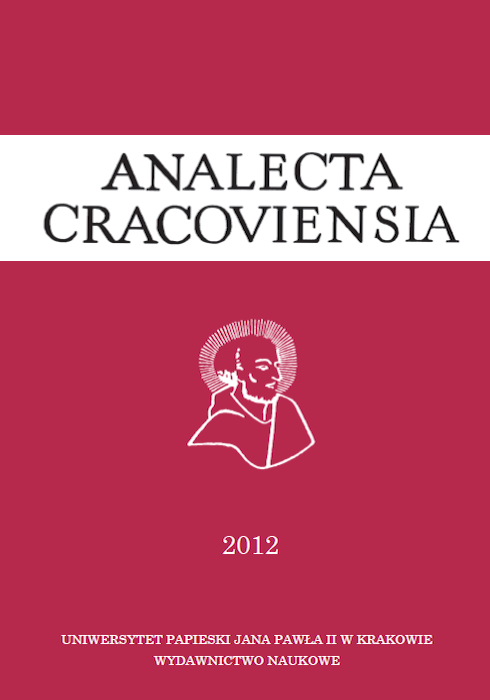Medieval rhetoric as a factor affecting the visual arts. An overview
DOI:
https://doi.org/10.15633/acr.20Keywords:
Middle Ages, rhetoric, visual artsAbstract
In the Middle Age the rhetoric was one of the seven liberal arts. Its position in the medieval culture Has been confirmed by Cassiodor, Isidor of Sevilla, Augustin of Hippona and Martianus Capella. The medieval rhetoric was composedof five parts: inventio (invention), dispositio (disposition), elucutio (elocution), memoria (memory) and pronuntiatio (pronuntiation). Only three of them exertet real influence on the fine arts. Inventio controlled the proces of choice of the ideas, which have benn represented by images in work of arts. Dispositio collocated the images in the whole structure of work of art. Elocutio applicated some rhetorical figure in order to communicate some massages throughout the images. In the Middle Ages existed two sources, which inspired the mediewal rhetoric. The fitst Skurce was the ancien, greek and roman rhetoric , the second – the semitic, biblical rhetoric. In the Bible exist two important literary and rhetorical structures – the parallelism and the centripetal construction. These structures influenced some models of composition of narrative cycles and series of images. Rhetor – a hypothetical personage, educated in trivium and quatrivium and expert in the rhetoric, played important role in the mediewal culture. He collaborated with artist and he applicated the rhetorical methods and rhetorical figure in the creation of works of art.
Downloads
Published
Issue
Section
License
Copyright (c) 2012 Dariusz Tabor

This work is licensed under a Creative Commons Attribution-NonCommercial-NoDerivatives 3.0 Unported License.
Authors who publish with this journal agree to the following terms:
- Authors retain the copyright and full publishing rights without restrictions, and grant the journal right of first publication with the work simultaneously licensed under a Creative Commons Attribution 4.0 International License that allows others to share the work with an acknowledgement of the work's authorship and initial publication in this journal.
- Authors are able to enter into separate, additional contractual arrangements for the non-exclusive distribution of the journal's published version of the work (e.g., post it to an institutional repository or publish it in a book), with an acknowledgement of its initial publication in this journal.
- Authors are permitted and encouraged to post their work online (e.g., in institutional repositories or on their website) prior to and during the submission process, as it can lead to productive exchanges, as well as earlier and greater citation of published work (See The Effect of Open Access).

